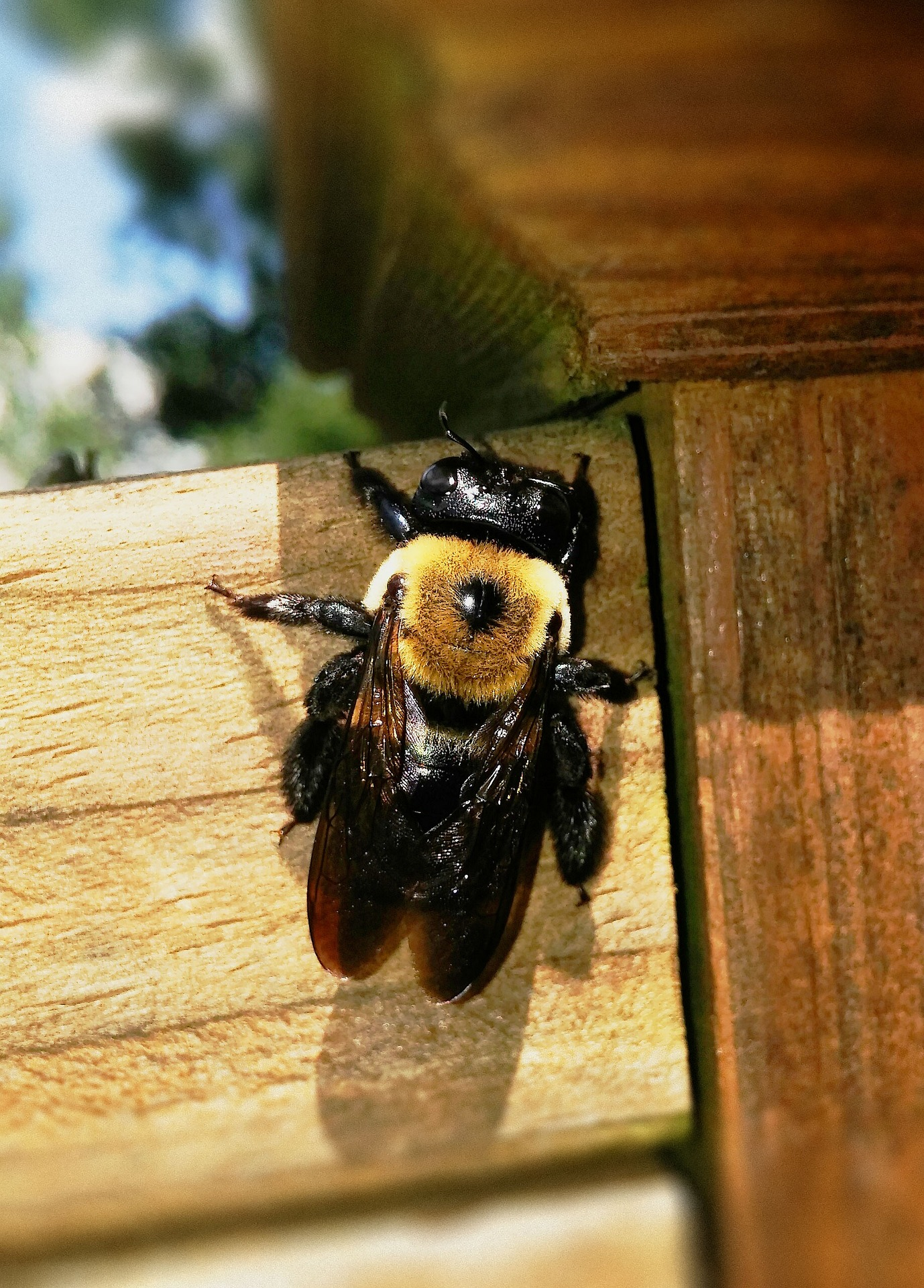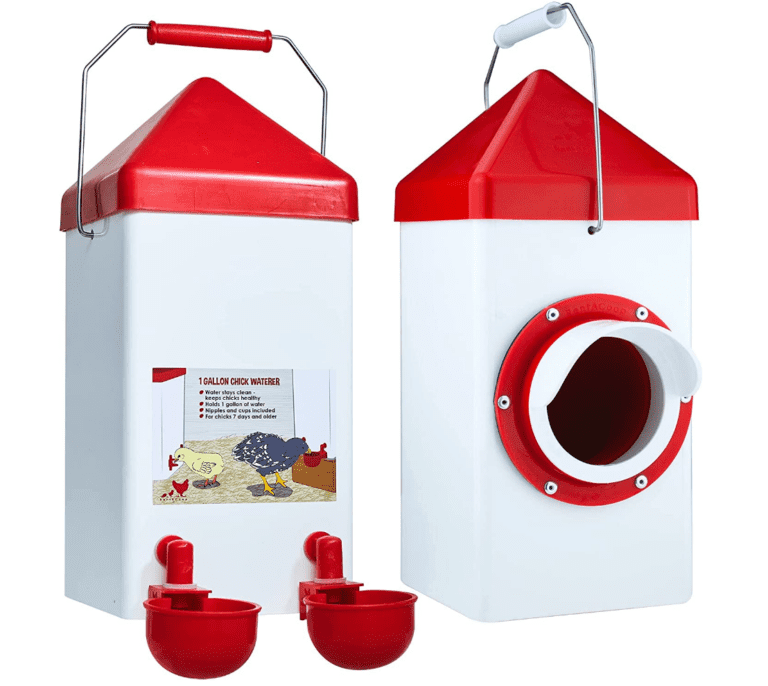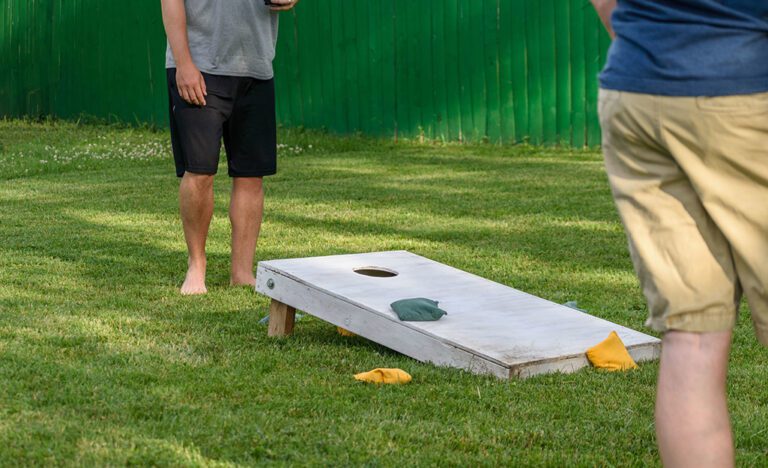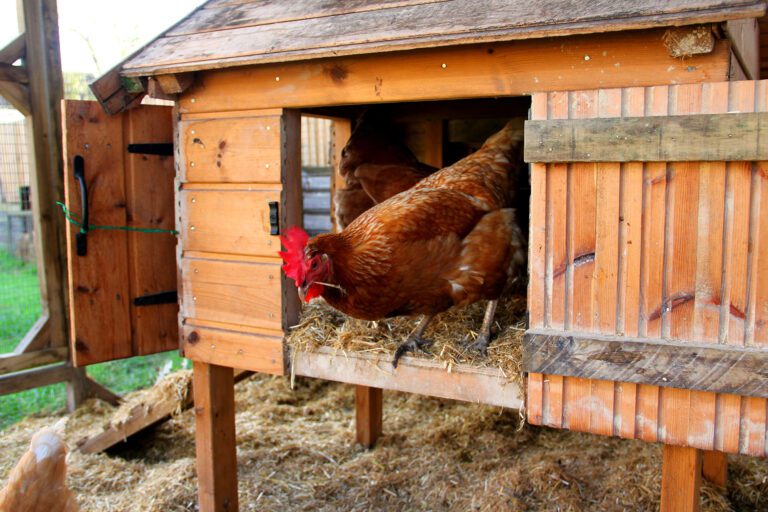How to Get Rid of Carpenter Bees: A Practical Guide
Dealing with carpenter bees can be a challenging and frustrating experience for any homeowner. These wood-boring insects may seem harmless, but they can cause extensive damage to your home’s wooden structures if left unchecked. In this article, we will explore effective methods of how to get rid of carpenter bees, helping you protect your home from their destructive behavior.

First, it’s crucial to understand the behavior and characteristics of carpenter bees, enabling you to identify and address the problem correctly. Carpenter bees bore holes into wood to create nests, and while they don’t consume the wood, the tunnels they create can weaken the structural integrity of your home. Knowing how to identify and eliminate their presence is essential in maintaining the safety and value of your property.
Throughout this article, we’ll discuss different methods of carpenter bee control, ranging from natural and non-toxic solutions to insecticides for more severe infestations. By following the advice provided, you will be well-equipped to tackle any carpenter bee problem head-on and keep your home safe and sound.
Table of Contents
Identifying Carpenter Bees
In order to know how to get rid of carpenter bees, it’s important to first correctly identify them. This section will guide you through their distinct physical characteristics and behaviors.
Physical Characteristics
Carpenter bees are typically larger than common bumblebees, yet similar in appearance. Their body length ranges between 12 to 25 millimeters, depending on the species. They have a robust body with black, yellow, or even green metallic coloration. One key difference to look for between carpenter bees and bumble bees is the texture of their abdomen. Carpenter bees have a smooth and shiny abdomen, while bumblebees possess a hairy one. Another distinct feature of carpenter bees is their relatively large pair of mandibles (or jaws), which they use to bore holes into wood.
Behavior
Carpenter bees are solitary creatures, unlike social honeybees. They do not live in colonies or hives. Instead, the female carpenter bee excavates a nest in wood, creating tunnels called galleries to lay her eggs. The nesting area is often identified by the presence of fine sawdust and fecal yellow stains near the entrance of the carpenter bee holes. Carpenter bees prefer unfinished, weathered, or untreated wood, so you may find them nesting in eaves, decks, fences or wooden furniture. They are particularly attracted to softwoods such as redwood, cedar, and pine.
While male carpenter bees sometimes can be aggressive when disturbed or threatened, only the females have the ability to sting, and they rarely do so unless provoked. Males might hover in front of your face or make buzzing sounds, but they are incapable of causing any harm. Observing these behaviors will help you identify carpenter bees and better understand their impact on your property.
Carpenter Bees Vs. Bumblebees
Understanding the difference between carpenter bees and bumblebees is important for identifying which bee you are dealing with before attempting any methods to get rid of them. Let’s first discuss the key distinctions between these two types of bees by examining their physical appearance and behavior.
Carpenter bees have a hairless, shiny black abdomen, while bumblebees display a more hairy appearance and display yellow markings on their abdomen. These differences in appearance can help you identify the type of bee you are encountering in your space (“Carpenter Bee Vs. Bumblebees”).
Behavioral differences between carpenter bees and bumblebees also provide insight into which type you may be dealing with. Carpenter bees tend to be solitary insects, while bumblebees live in larger colonies and work together to create honey and sustain their hive. Sighting a single bee in your space, particularly near wood structures, might indicate the presence of a few active carpenter bee nests, while noticing multiple bees in one area might point to a bumblebee colony.
Now that you can distinguish between carpenter bees and bumblebees, you can take appropriate action in addressing the specific problem. Remember that treating and preventing the invasion of these species will differ based on their individual behaviors and preferences.
Signs of Carpenter Bee Infestations
Recognizing the signs of a carpenter bee infestation is crucial for addressing the problem early and effectively. In this section, we will discuss two major indicators of carpenter bee presence: visible entry holes and wood damage. If your bees are coming from the ground, this article will be the most helpful, as you’re dealing with a different type of bee.
Visible Entry Holes
One of the most obvious signs of a carpenter bee infestation is the presence of entry holes in your wooden structures. These carpenter bee holes are typically about half an inch in diameter and can be found on decks, eaves, and other areas with exposed wood.
Carpenter bees create these holes when they bore into the wood to build their nests. Look for sawdust or loose shavings around holes, which can indicate recent carpenter bee activity.
Wood Damage
Aside from entry holes, carpenter bees can also cause noticeable wood damage. As they tunnel through the wood to create their nests, they can leave behind piles of sawdust or shavings on the ground. These piles are often located near or directly beneath the entry holes, serving as another indicator of an infestation.
Over time, the tunnels created by carpenter bees can weaken wooden structures and, in some cases, lead to costly repairs. Therefore, it’s essential to identify and address carpenter bee infestations and wood bees as early as possible to minimize the potential damage to your property.
Preventing Carpenter Bee Infestations
In order to protect your home from carpenter bees, there are a few preventative measures that you can take. Here, we focus on two methods: sealing wood cracks and painting or staining wood. Both of these approaches can help you keep these wood-boring insects at bay.
Seal Wood Cracks
Carpenter bees are more likely to target wood with cracks, as it makes it easier for them to create their nests. To prevent carpenter bee infestations, it’s essential to seal any cracks in wood using plugs, putty, or caulk.
Inspect your home and outdoor wooden structures regularly for any new cracks, and repair them as soon as possible. By sealing the wood, you will discourage carpenter bees from nesting and causing more extensive damage to your property.
Paint or Stain Wood
Another effective way to prevent carpenter bee infestations is by painting or staining outdoor wooden surfaces. Carpenter bees are less attracted to wood that has been painted or stained, as it makes it more difficult for them to bore into the wood and establish a nest.
Choose high-quality paint or stain to cover your wooden surfaces and apply as recommended by the manufacturer. Regular maintenance and touch-ups will help maintain the protective barrier against carpenter bees. Not only will this help prevent infestations, but it will also improve the overall appearance of your home and outdoor structures.
How Get Rid of Carpenter Bees Naturally
Essential Oils
Essential oils are an effective and natural way to deter carpenter bees from your property. Some popular choices include citronella oil, tea tree oil, lavender oil, and jojoba oil. Fill a spray bottle with a mixture of water and a few drops of your chosen essential oil, and spray it on wooden surfaces around your home. Carpenter bees are also known to dislike almond oil and almond essence, which can be used in the same way as other essential oils for repelling them.
Carpenter Bee Traps
Carpenter bee traps are an eco-friendly method of controlling these pests around your home. These traps generally consist of a wooden box with pre-drilled holes that mimic the nesting sites preferred by carpenter bees. Inside the box, a small plastic bottle is placed to capture the bees once they enter the trap. They can also be made of plastic, such as the RESCUE! TrapStik for Wasps, Mud Daubers, Carpenter Bees which will allow you to attract and trap the bees without sprays.
To use a carpenter bee trap effectively, place it near areas where you’ve noticed the bees nesting or causing damage to your wooden structures. The bees will be attracted to the trap, enter through the holes, and become trapped in the plastic bottle. After a while, you can safely remove and empty the bottle, then replace it to continue trapping the bees.
How Get Rid of Carpenter Bees Chemically
Insecticides
Using insecticides can be an effective way to get rid of carpenter bees. A foaming aerosol, such as BioAdvanced Termite and Carpenter Bee Killer Plus, can be sprayed into their holes to reach the tunnels they create. Alternatively, you can use an insecticidal liquid in a trigger spray to target areas where the bees are active.
The chemical methods provide quick ways to kill carpenter bees and carpenter bee larvae, but require greater care when used.
Safety Precautions
It is crucial to take safety precautions when using chemical control methods. Here are some tips to keep in mind:
- Always read and follow the label instructions on the insecticide bottle.
- Wear protective clothing, such as gloves and goggles, to avoid contact with the chemicals.
- Keep children and pets away from the treated areas until the insecticide has dried completely.
- Avoid using insecticides near plants that the bees pollinate, as it can harm these plants and their pollinators.
- If you are unsure of how to use these products or have concerns about their effects on the environment, consider consulting a professional exterminator for advice and assistance.
Repairing Wood Damage
After getting rid of carpenter bees, it’s essential to repair the wood damage they’ve caused. Follow these steps to effectively restore your wood surfaces:
First, ensure that all carpenter bee activity has ceased before attempting any wood repairs. Observe the affected wood surfaces for a few days to confirm that no bees are returning to their nests. Once you’re confident the bees are gone, you can begin repairing the wood damage.
To fill existing carpenter bee holes, choose a wooden dowel slightly smaller than the diameter of the hole. Fill the hole with caulk, and then push the dowel into the hole until it’s flush with the wood surface. This will help block any future infestations from invading the same nesting locations.
Another approach to repairing wood damaged existing holes made by carpenter bees is using wood putty or filler. Apply a generous amount of wood filler to the carpenter bee hole, and then smooth the surface with a putty knife. Allow the filler to dry completely before sanding the repaired area until it’s even with the surrounding wood.
Once the holes are filled, and the wood surface is smooth, it’s time to protect the wood from future carpenter bee infestations. Stain or paint the unfinished wood over with a high-quality exterior product that’s specifically designed for your type of wood. This will not only improve the wood’s appearance but also make it less appealing to carpenter bees.
Including preventive measures in your wood repair plan can keep carpenter bees at bay. For instance, you can apply natural deterrents like citrus scents, which carpenter bees dislike. Spraying the wood surface with a citrus-based solution can discourage the bees from returning.
When to Call a Professional
If your carpenter bee infestation seems persistent or severe, it may be time to call a professional exterminator. Your local pest control experts possess the proper tools and experience to address the issue effectively. Knowing when to seek their help is crucial for the health of your home and its wooden structures.
You should consider contacting a professional when facing any of the following situations:
- You’ve tried multiple DIY methods and the carpenter bees continue to cause damage.
- Your home has a large number of holes or signs of damage, indicating a significant infestation.
- You are unsure of how to properly address the problem or you are concerned about your safety when handling treatments.
Professional exterminators will be able to identify the extent of the carpenter bee infestation and carry out targeted treatments to eliminate the issue. They can also provide valuable advice on preventing future infestations.
Remember, carpenter bees play an essential role in pollination, so it is essential to consider non-lethal control methods where possible. Choose a professional exterminator who is experienced in carpenter bee management and is mindful of the environmental impact of their treatments. This way, you can keep your home and garden safe while minimizing harm to these essential pollinators.






